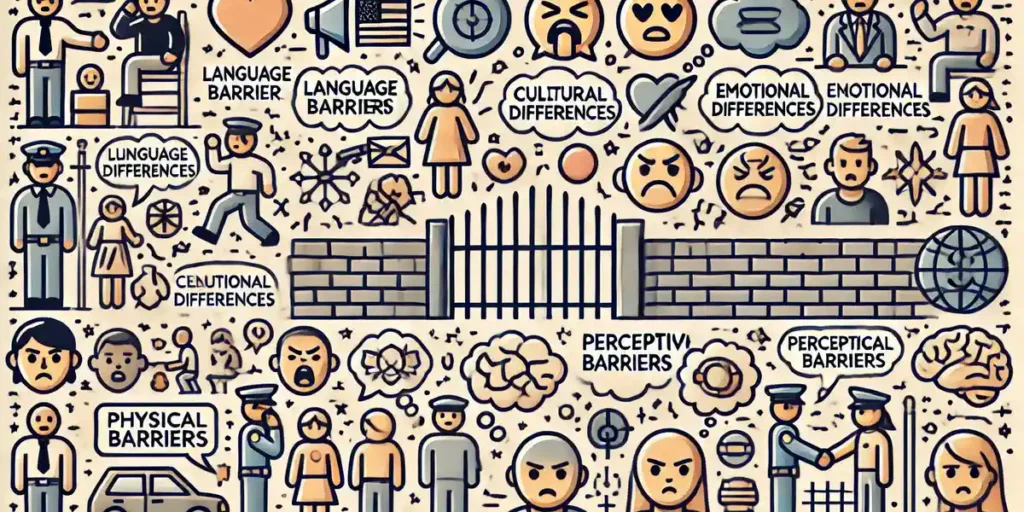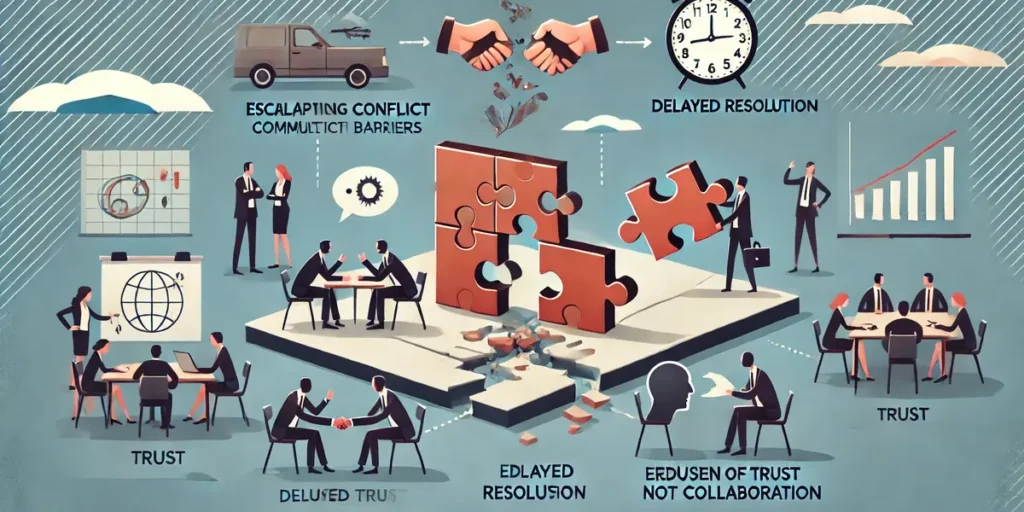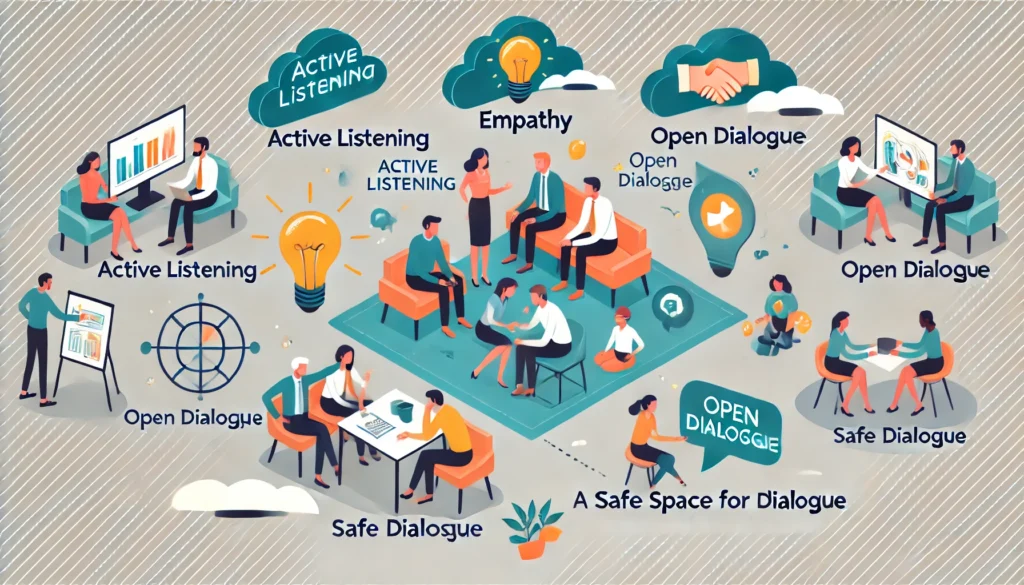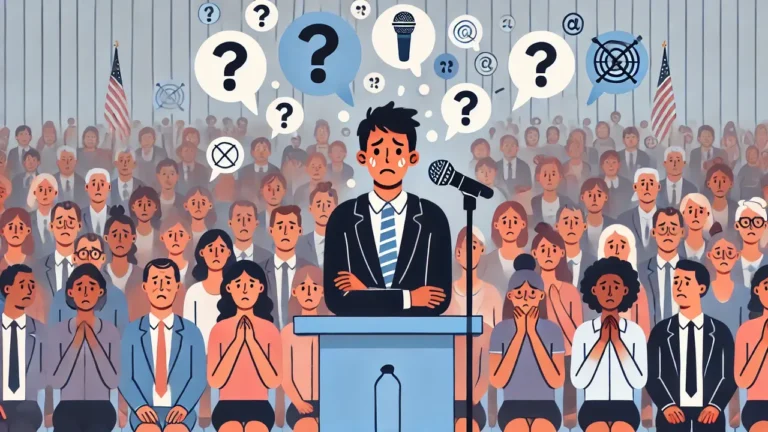Communication Barriers to Conflict Resolution
Ever found yourself in a heated argument where no one seems to understand each other? Communication barriers can turn simple disagreements into full-blown conflicts. It’s frustrating when you’re trying to resolve an issue, but words get tangled, emotions run high, and misunderstandings pile up.
I’ve been there, and I know how crucial effective communication is for conflict resolution. Whether it’s cultural differences, language barriers, or emotional triggers, these obstacles can derail even the most well-intentioned conversations. Let’s dive into the common communication barriers and explore how to overcome them for smoother, more productive resolutions.
Understanding Communication Barriers to Conflict Resolution
Recognizing communication barriers is crucial for resolving conflicts effectively. Miscommunication can prolong or escalate disputes if unresolved.
Types of Communication Barriers

Various communication barriers exist, hampering effective conflict resolution.
- Cultural Differences: These barriers arise from differing cultural norms and values. For example, direct communication might be considered rude in some cultures while being the norm in others.
- Language Barriers: Linguistic differences can lead to misunderstandings. Accents, dialects, and jargon can also contribute to confusion.
- Emotional Triggers: Strong emotions often obstruct clear communication. Anger, frustration, or fear can cloud judgment, leading to poor communication.
- Perceptual Barriers: People’s perceptions filter what they hear and understand. Preconceived notions and biases can distort messages.
- Physical Barriers: Noise, distance, and interruptions obstruct the flow of communication. For instance, a noisy environment can prevent clear hearing.
Impact of Communication Barriers on Conflict Resolution

Communication barriers significantly affect conflict resolution.
- Escalation of Conflict: Unresolved misunderstandings can amplify tensions. For instance, a minor disagreement can turn into a significant conflict if both parties misinterpret each other’s intentions.
- Delays in Resolution: Communication breakdowns slow the resolution process. Misunderstandings need clarification, which takes extra time.
- Erosion of Trust: Persistent barriers can lead to mistrust. If parties frequently miscommunicate, they may doubt each other’s sincerity or intent.
- Reduced Collaboration: Effective collaboration hinges on clear communication. Barriers can impede teamwork, hindering collaborative efforts.
Key Communication Barriers in Conflict Resolution
Effective conflict resolution requires clear communication, but several barriers can hinder this process. Understanding these barriers is crucial for navigating and resolving conflicts efficiently.
Language Differences
Language barriers often cause misunderstandings in conflict resolution. People may speak different languages or use jargon that’s not universally understood. For example, technical terms or industry-specific language can confuse participants. It’s essential to verify comprehension to ensure all parties interpret messages similarly.
Cultural Misunderstandings
Cultural differences can lead to significant misunderstandings. Variations in communication styles, such as direct vs. indirect speech, can create friction. For instance, in some cultures, direct feedback is common, while in others, it’s considered rude. Recognizing and respecting these differences is vital for effective communication in conflict resolution.
Emotional Barriers
Emotional triggers can disrupt communication during conflict resolution. High emotions, like anger or fear, cloud judgment and impede rational dialogue. For example, a person who feels attacked may become defensive and less open to discussion. Managing emotions is crucial to maintaining productive communication and achieving resolution.
Strategies to Overcome Communication Barriers

Overcoming communication barriers in conflict resolution requires targeted strategies. Implementing these methods enhances understanding and fosters successful outcomes.
Effective Listening Techniques
Active listening is crucial. I focus on the speaker’s words without interruptions, reflecting on their statements to show comprehension. Clarifying questions ensures I understand their perspective accurately. For example, when dealing with a colleague’s complaint, I summarize their points to confirm my understanding.
Empathy enhances listening. I try to understand the emotions behind their words. This approach helps acknowledge their feelings and validate their experiences, reducing emotional barriers.
Nonverbal cues matter. I maintain eye contact and use affirmative nods to show I’m engaged. These actions demonstrate respect and attentiveness, fostering better communication.
Encouraging Open Dialogue
Creating a safe space is essential for open dialogue. I emphasize a non-judgmental environment where everyone feels comfortable expressing thoughts. This practice reduces fear and encourages honest communication.
Structured processes aid dialogue. I establish clear discussion guidelines, ensuring each party gets equal opportunities to speak. This approach prevents dominance by any one participant and promotes balanced exchanges.
Using “I” statements over “you” statements personalizes communication. I express my feelings and perspectives without blaming others. For instance, “I feel concerned about the project deadline,” instead of “You missed the deadline,” minimizes defensiveness.
Promoting empathy and understanding in dialogue is vital. I encourage acknowledging each other’s views and emotions. This practice fosters mutual respect and collaborative problem-solving.
Case Studies
Analyzing real-life scenarios helps illustrate how communication barriers impact conflict resolution. Below are detailed case studies, showcasing both successes and failures.
Analysis of Successful Conflict Resolution
In a corporate setting, a team faced constant delays due to miscommunication. The project manager introduced weekly meetings to clarify goals and used visual aids for better understanding. Active listening was encouraged, and cross-cultural training was provided. As a result, team dynamics improved, and project deadlines were met.
In a community dispute, mediators used open-ended questions, allowing both parties to express concerns. They emphasized active listening and validated each person’s feelings. By creating a neutral space for dialogue, a mutually acceptable agreement was achieved.
Lessons Learned from Communication Failures
A negotiation between two companies failed due to language barriers. Neither side provided translation services, leading to misunderstandings. Assumptions were made without clarification, causing mistrust and the eventual breakdown of talks. Providing professional translators could have prevented the issues.
During a family mediation, emotional triggers were ignored. The mediator failed to address underlying emotions, focusing only on surface issues. As tensions escalated, communication broke down, and the mediation was unsuccessful. Acknowledging and addressing emotional triggers could have facilitated a better outcome.
Conclusion
Navigating communication barriers is essential for effective conflict resolution. We can foster a more collaborative and understanding environment by recognizing and addressing these obstacles. Implementing strategies like active listening, empathy, and creating a safe space for dialogue can significantly improve the resolution process. The case studies highlighted the importance of these approaches, showing real-world applications and outcomes. Ultimately, overcoming communication barriers is not just about resolving conflicts but also about building stronger, more resilient relationships. With the right tools and mindset, we can turn conflicts into opportunities for growth and mutual respect.





